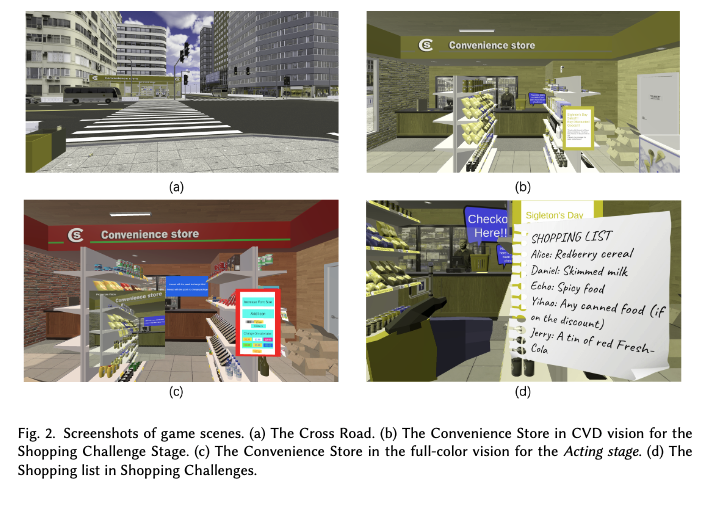The Context
Color vision deficiency (CVD) is a common genetic condition that affects how people perceive and distinguish colors. This condition affects their ability to perceive and distinguish colors, impacting color-related tasks. What is often neglected, however, is that those without CVD tend to have a limited or even incorrect understanding of the condition. Common misconceptions include the belief that all individuals with CVD experience the same level of severity and are incapable of performing daily tasks like recognizing traffic light signals. This social stigma affects people with CVD, impacting their career opportunities and even mental health.
Previous research has explored the use of VR applications and games to simulate impaired color vision for people with non-CVD since VR can provide powerful immersive, and embodied experiences. While the potential benefits of VR and gamification in improving understanding and empathy, more comprehensive studies are needed to examine the underlying mechanisms. This research aims to investigate how to design VR simulation games that enable people with non-CVD to embody the perspectives of people with CVD.








